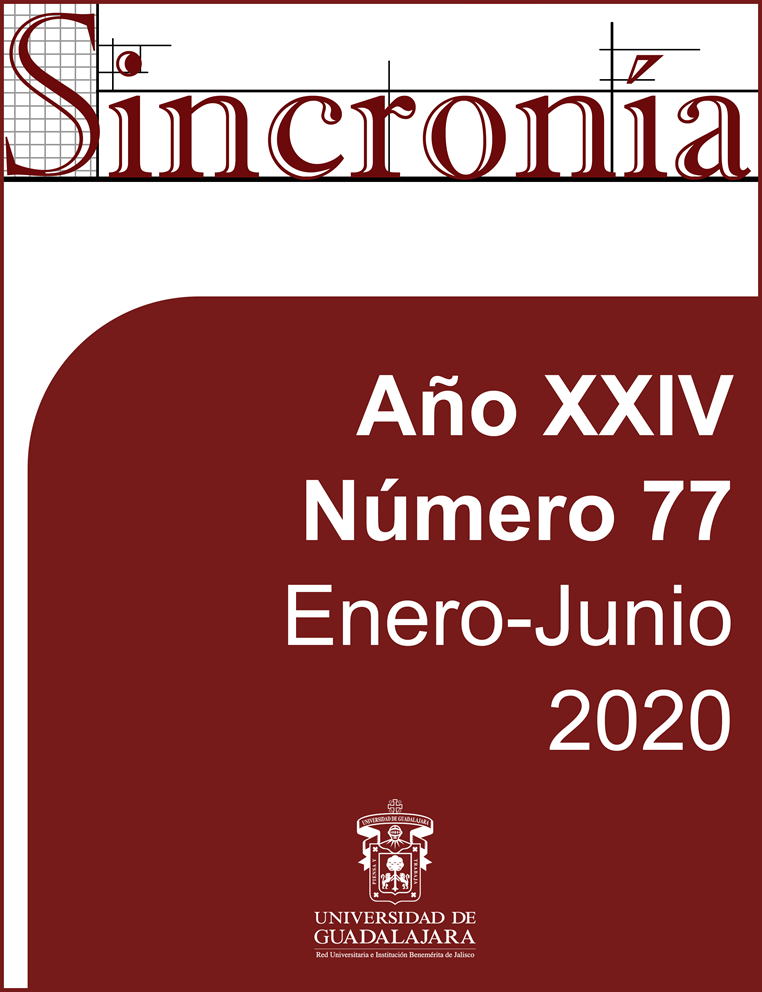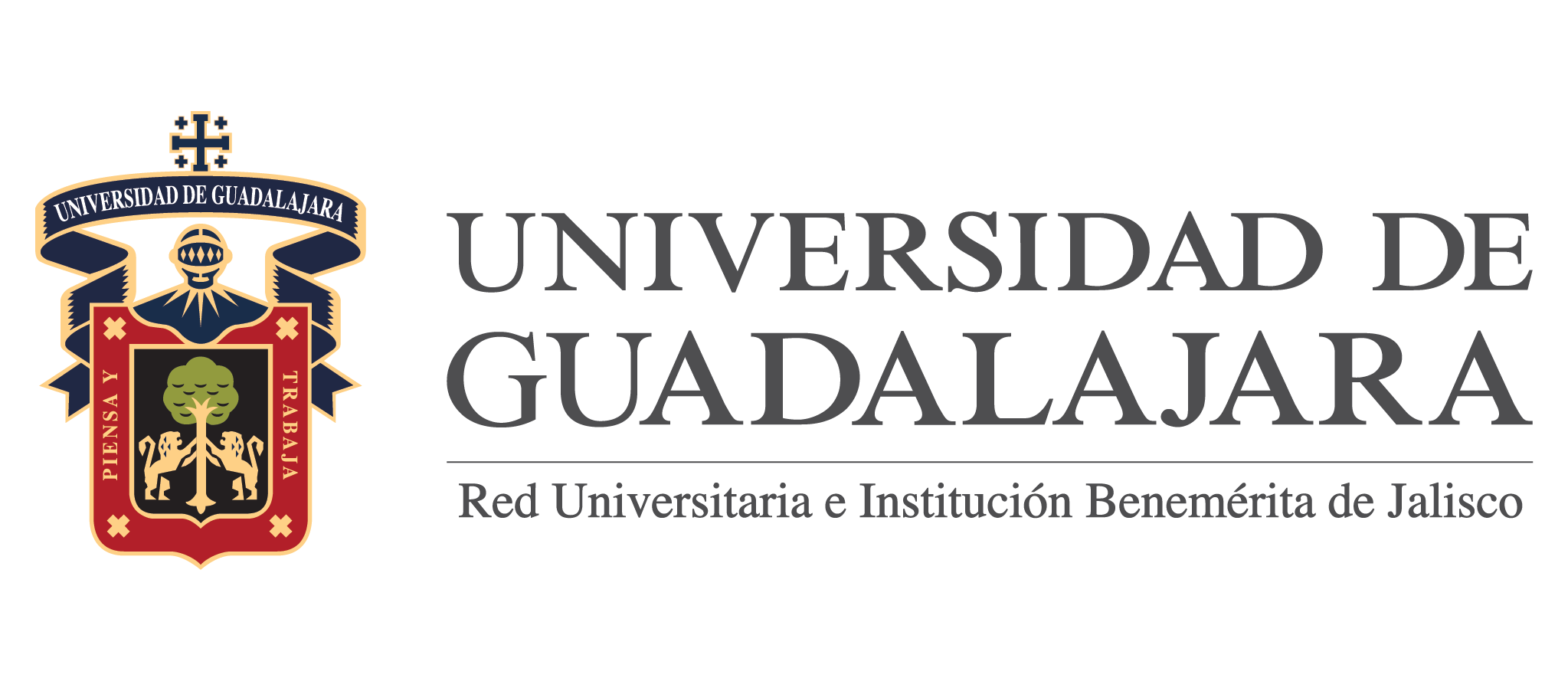A sublime devastation. Thoughts about Twentieth-Century’s Ruins in Manufactured Landscapes (2006) by Jennifer Baichwal
Keywords:
Landscape., Ruins., The Sublime, Essay/Essay-Film.Abstract
In this essay we’ll sketch out a research on a contemporary display of the landscape in ruins: dwelled by the skeletons which were symbol and banner of the twentieth century’s progress and which now lie in pieces. This landscapes became the poetic motive of the essay-film Manufactured Landscapes (2006), in which the filmmaker Jennifer Baichwal follows the steps of the photographer Edward Burtynsky in a journey across landscapes devastated by the industrialization. We would like to see this film through the view of the aesthetic of the sublime in Nature, defined by Immanuel Kant in his Critique of Judgment (1790), but whose echoes could be traced down until our days. Andreas Huyssen (2006) believes that the aesthetic appreciation of ruins is no longer possible in our time, because ours is a culture of renewal and restoration, recycling or destruction. In which way, we wonder, do we appreciate aesthetically the ruins of our time? And in which way does this appreciation display in the contemporary audiovisual medium?
Downloads
References
Adorno, T. (1994). Actualidad en filosofía. La idea de historia natural. En Actualidad en filosofía (Traductor Arantegui J. L.). Barcelona: Altaya, pp. 73-135.
Adorno, T. (2003). El ensayo como forma. En Notas sobre literatura. Obra completa, 11 (Traductor Brotons, A.). Barcelona: Akal, pp. 11-34.
Baichwal, J. (2006). Manufactured Landscapes. Canadá: Foundry Films, National Film Board of Canada (NFB).
Bazin, A. (30 de julio de 2012) “Chris Marker (1). Lettre de Sibérie”. Cinéfilo. [Versión electrónica]. Recuperada de https://cinefilobar.wordpress.com/2012/07/30/chris-marker-1-lettre-de-siberie-por-andre-bazin/
Benjamin, W. (2005). El libro de los pasajes (Traductores Fernández, L., Herrera, I. y Guerrero, F.). Madrid: Akal.
Benjamin, W. (2008). Tesis sobre la historia y otros fragmentos. Bolívar Echeverría (Ed.). Ciudad de México: Ítaca.
Boetzkes, A. (2010). Waste and the Sublime Landscape. Canadian Art Review. 35(1), 22-31.
Buck-Morss, S. (2001). Dialéctica de la mirada. Walter Benjamin y el proyecto de los Pasajes (Traductora Rabotnikof, N.). Madrid: La balsa de la Medusa.
Burke, E. (2014). A Philosophical Enquiry into the Origins of Our Ideas of the Sublime and Beautiful. [Versión electrónica] Recuperada de http://ebooks.adelaide.edu.au/b/burke/edmund/sublime/index.html
Huyssen, A. (2006). Nostalgia for Ruins [Versión electrónica]. Grey Room. 23, 6-21. Recuperada de http://www.jstor.org/stable/20442718
Kant, I. (2005). Critica del Juicio (Traductor Rovira, J.). Buenos Aires: Losada.
“Longino” (1979). Sobre lo Sublime (Traductor García, J.). Madrid: Gredos.
Lyotard, J. F. (1998). Lo sublime y la vanguardia. En Lo inhumano. Charlas sobre el tiempo (Traductor Pons, H.). Buenos Aires: Manantial, pp. 95-111.
Masiello, F. (2008). Los sentidos y las ruinas. Iberoamericana. VII(30), 103-112.
Newman, B. (1999). The Sublime is Now. En, Art in Theory 1900-1990. Oxford: Blackwell, pp.572-574.
Rosenblum, R. (2010). The Abstract Sublime. En S. Morley (Ed.), The Sublime. London: White chapel Gallery y The MIT Press, pp.108-113.
Sebald, W. G. (2002, 4 de noviembre). A Natural History of Destruction [Versión electrónica]. The New Yorker, pp. 66-77.
Downloads
Published
How to Cite
Issue
Section
License
Copyright (c) 2020 Natalia A. Accossano Pérez

This work is licensed under a Creative Commons Attribution-NonCommercial 4.0 International License.
You are free to:
- Share — copy and redistribute the material in any medium or format
- Adapt — remix, transform, and build upon the material
- The licensor cannot revoke these freedoms as long as you follow the license terms.
Under the following terms:
- Attribution — You must give appropriate credit , provide a link to the license, and indicate if changes were made . You may do so in any reasonable manner, but not in any way that suggests the licensor endorses you or your use.
- NonCommercial — You may not use the material for commercial purposes .
- No additional restrictions — You may not apply legal terms or technological measures that legally restrict others from doing anything the license permits.




























